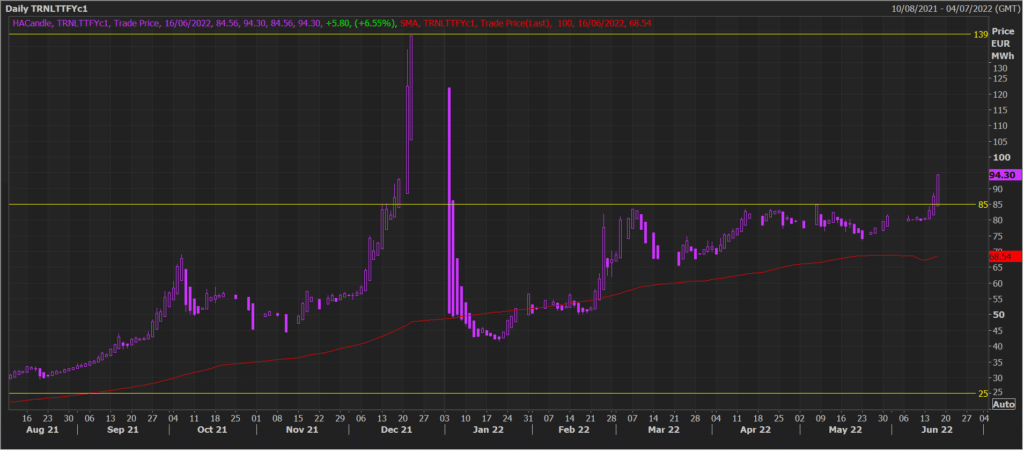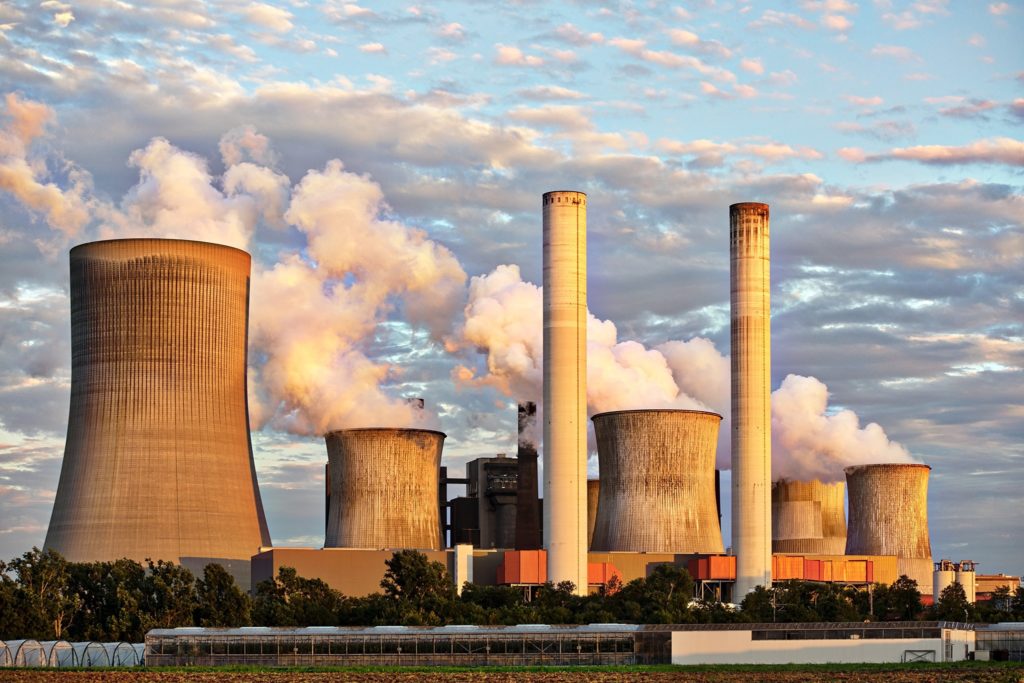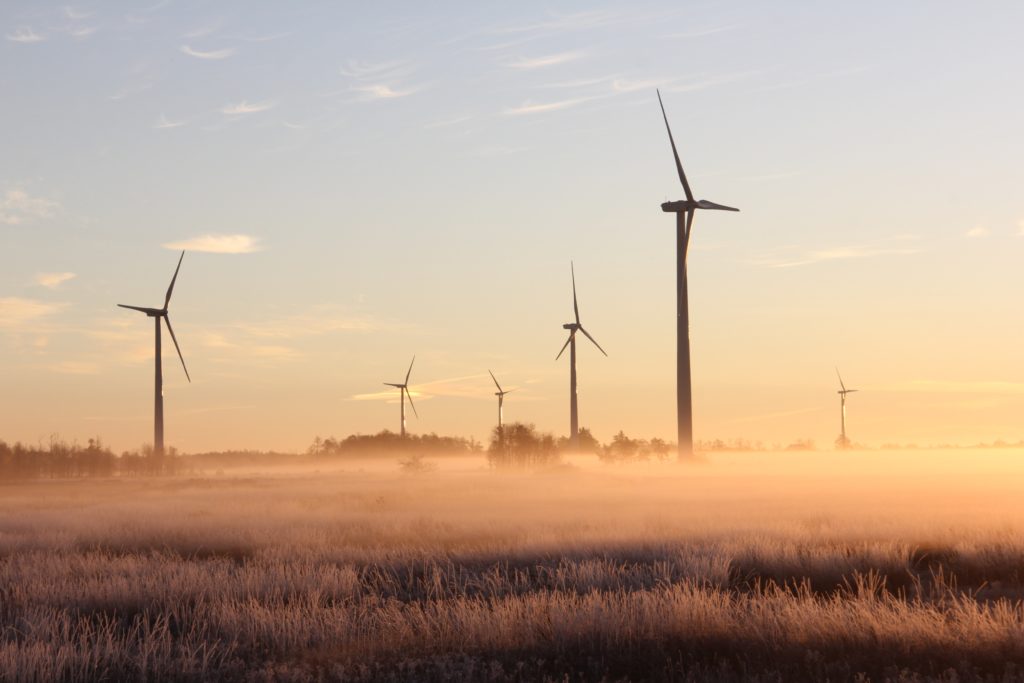In the previous article, we have discussed 3 possible power market scenarios that can develop around Russian gas supplies to Europe:
- Low Case (probability 10%). A short-lived and small-scale invasion, with a limited number of casualties over a number of days. The diplomacy prevails and there are no sanctions evoked toward energy supplies from Russia. The Nord Stream 2 (NS2) pipeline goes online as previously planned in Q3-22. Under this scenario, if the Russian gas premium is removed, we can expect the power market prices to fall 30-40% in Q2-22.
- Moderate Case (probability 30%). A short-lived, military invasion that lasts for several weeks with new sanctions on Nord Stream 2, but where Germany continue to pay for long-term contracted gas through Nord Stream 1. The certifications of NS2 are suspended until Winter 22. Under this scenario, the gas prices can re-test the previous market high last seen in Dec’21 at 140 EUR/MWh only falling back 30-40% later in the Summer-Autumn 2022 if the conflict in Ukraine ends.
- High Case (probability 60%). A sustained, full-scale invasion with heavy artillery and a large number of casualties, lasting for several months could result in heavy sanctions from the World. Russia may then completely halt the supply of gas, oil, and coal to Europe. Under this scenario, Europe can lose 40% of its gas supplies while the loss can’t be fully replaced by LNG gas. NS2 gas pipeline would be permanently canceled. Under this scenario, the gas and power prices will continue increasing during the invasion with the risk of gas and power shortages next Winter 22. Gas prices can reach well above the prior highs of Dec’21 and only fall in 2023 when the supply-demand balance is restored.
If you want to read the full article about The war in Ukraine and Soaring power prices, please check it here.
Since then, the power market price has been volatile, trading sideways in a range of 200 EUR/MWh for Cal2023 in Europe. However, there were some significant changes in the European energy market trend over the past few days following the 2 major events:
- Russia’s Gazprom has announced they are reducing the gas flows to Europe via the Nord Stream 1 to 40% capacity only due to needed equipment repairs that had been delayed. On top of that, Nord Stream is scheduled to undergo planned maintenance for two weeks in July. During that period, there won’t be any gas flow via Nord Stream to Germany.
- The explosion at one of the biggest US liquefied natural gas export terminals on Wednesday, 8th of June. The news says that the LNG facility will be closed for at least three weeks after the explosion, cutting off roughly 1/5 of US liquefaction capacity. The US, the world’s biggest natural gas producer, is trying to increase exports to Europe as the continent seeks to cut its dependence on Russian imports. This event slows the European ambition to diversify away from Russian gas this year. This will mainly affect the continent as the UK does not depend on Russian gas imports, making it less vulnerable to the current supply shock in Europe.
Some believe that the Russian decision to reduce gas flows to Germany is politically motivated and not due to technical issues. Therefore, with a big chance, we can see the development of the 3rd scenario where Europe loses 40% of its gas supplies. And if not, there will still be a hefty price premium linked to the winter season as the European Union is racing to refill its gas storage facilities, so they are 80% complete by October and 90% by November. Stores are 56% full now but still below the historical average. Cutting flows through Nord Stream 1 would make that job even more difficult for the EU.
The price of the TTF year-ahead contract has risen by about 20% this week, surpassing the previous barrier level at 85 EUR/MWh. As a result, the European power prices have jumped more than 10% this week. Italy has seen one of the highest price increases as it gets 40% of its imported gas from Russia.
In the previous article here, we said that the European power prices could double if Russian gas stops flowing to Europe. As this scenario materializes, Cal2023 futures contracts can go to over 300 EUR/MWh in Europe, leading to even higher inflation issues and possibly an economic slowdown.
Year Y+1 TTF Gas Price Contract, EUR/MWh

Subscribe to my weekly power market updates here to stay on top of the market trends.








